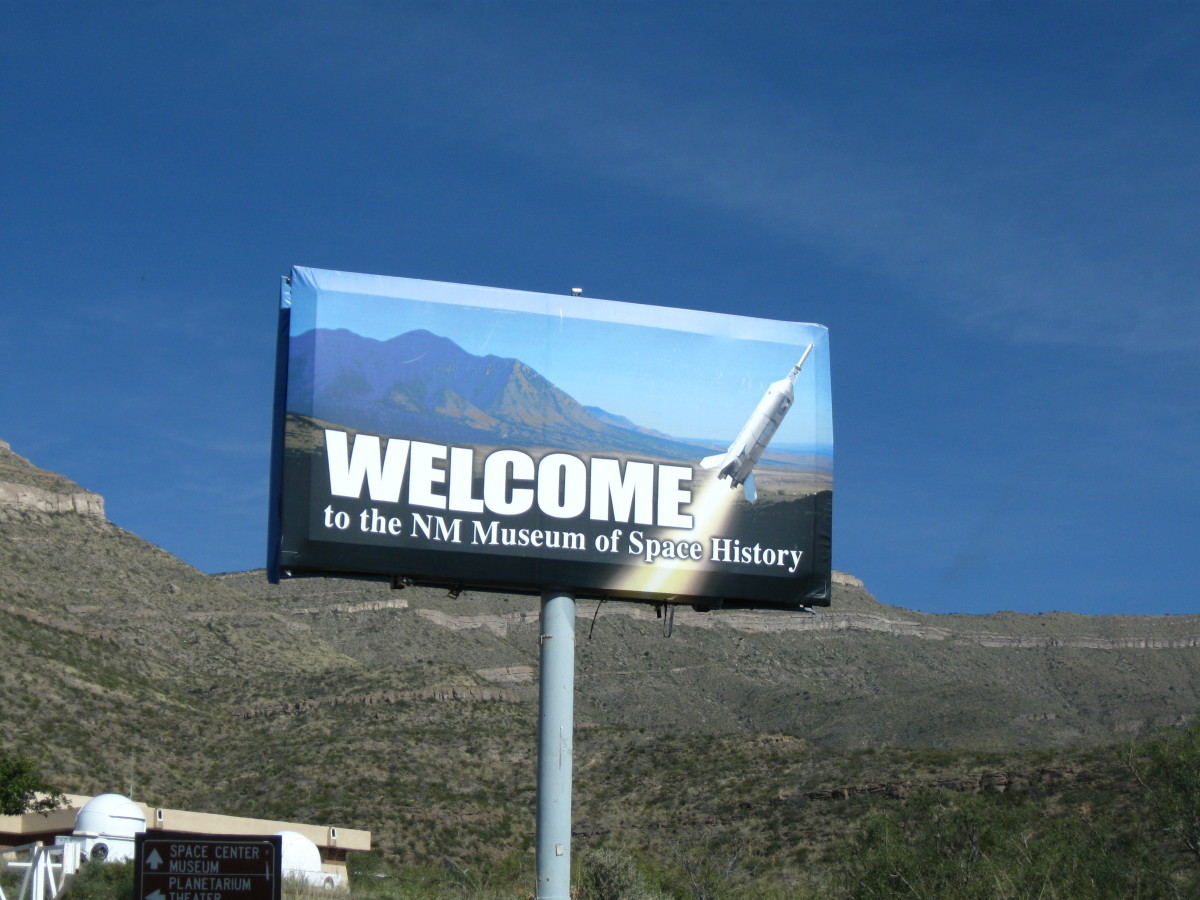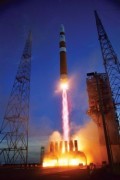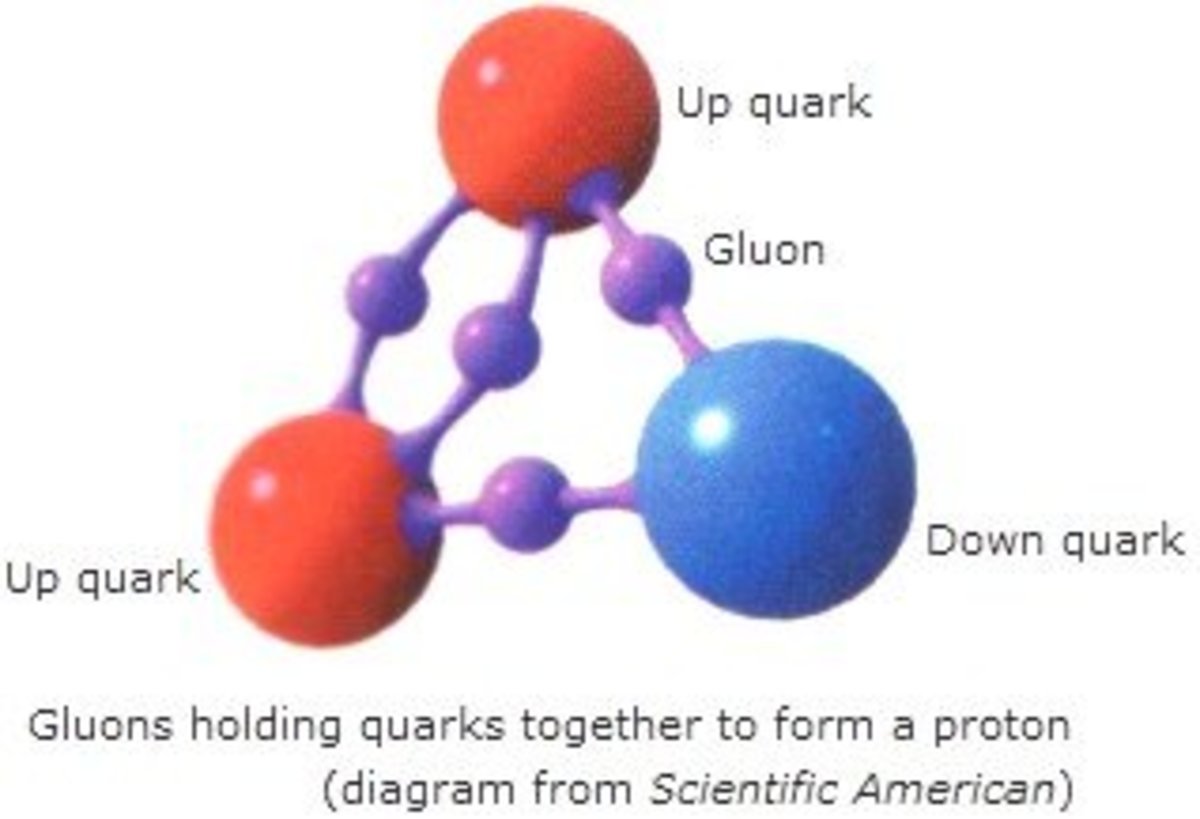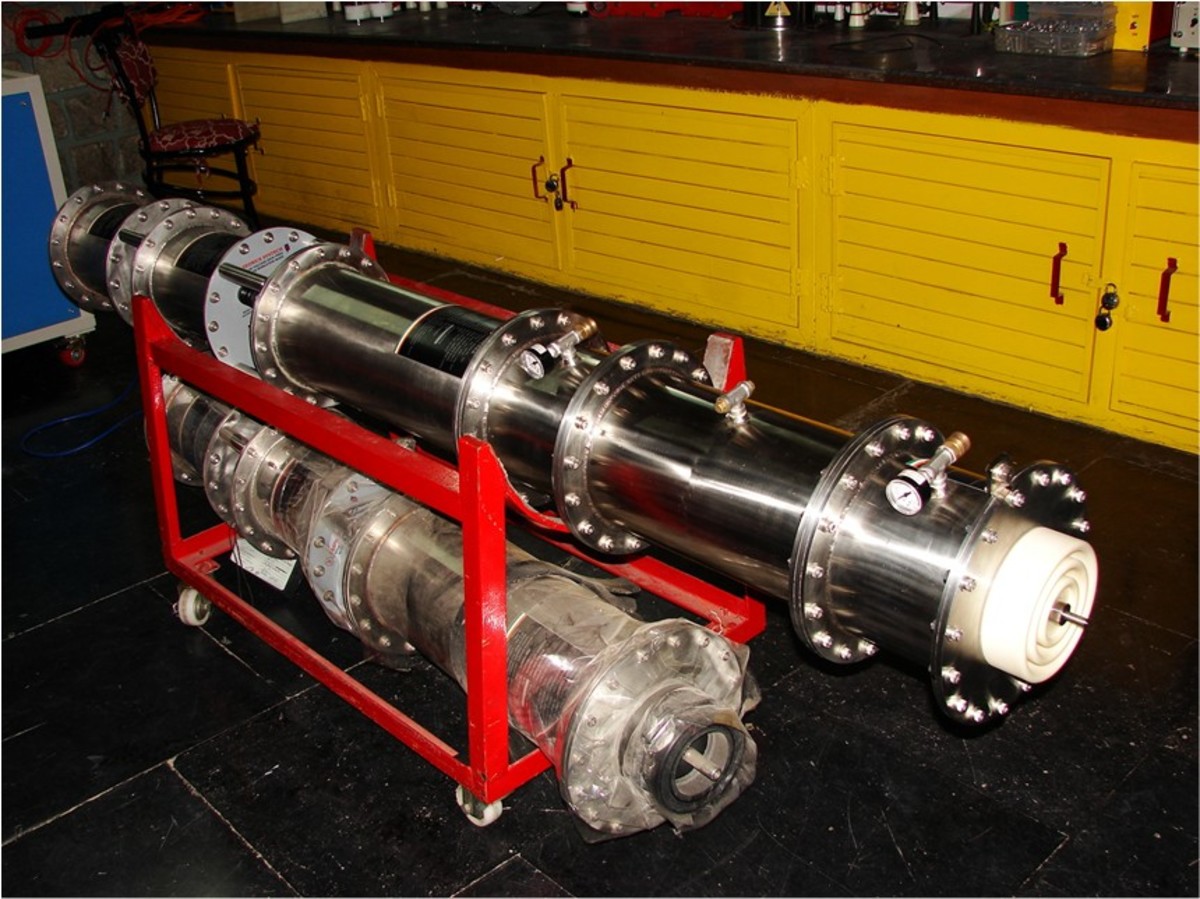Rocket Fuel Consisting of Aluminum and Water Ice - ALICE
Rockets
Rockets are at least as old as the ninth century when Chinese alchemists discovered gunpowder. They began experimenting with it in the form of bombs, canon, and self-propelled arrows.
The first recorded use of gunpowder in battle was in 1232. In this battle Chinese attempted to repel Mongol invaders with "fire arrows" and exploding "iron pots." By all accounts they were successful.
Gunpowder was also used for entertainment. In 1234 during a feast to honor his mother Emperor Lizong devised a ground-bounding firework called the 'ground-rat.' It is said to have badly frightened Empress-Mother Kung Sheng.
Rocketry advanced in 1792 when Hyder Ali and his son Tipu Sultan, rulers of the Kingdom of Mysore in India developed iron casing rockets to attack British East India Company forces. The use of an iron jacket around the gunpowder proved to be a crucial improvement. With the stronger metal containing and channeling the explosive force of the gunpowder, these rockets had a great deal more thrust than the paper tube type and proved to be considerably more deadly. Of course, the British took notice and brought the technology home to England.
William Congreve, in London, became a major player in the field of rocketry. Starting in 1801 Congreve researched the original design of Indian rockets and set out to develop an artillery rocket. In the process a new propellant mixture was developed along with a rocket motor which concentrated the escaping gases into a more directed thrust. The Congreve rocket weighed about 32 pounds and its first demonstration was in 1805. Congreve rockets were successfully used against the French during the Napoleonic wars.
Starting in 1903 three men, one from Russia, another French, and the last American all began thinking of rocket fuel as a liquid rather than solid substance. Konstantin Tsiolkovsky proposed that the ideal rocket fuel would be hydrogen with an oxygen catalyst and came up with a basic equation that related exhaust speed to motive force.
Robert Esnault-Pelterie of France created a lecture on rocketry and interplanetary travel. He came up with Tsiolkovsky's rocket equation on his own (he did not know about the Russian) and did basic calculations about the energy required to make round trips to the Moon and planets.
At the same time Robert Goddard began his own analysis of rockets and came up with three principals for improving them:
- Fuel should be burned in a small combustion chamber
- Rockets could be arranged in stages
- Exhaust gas speed could be greatly increased with a special nozzle.
Like Tsiolkovsky and Esnault-Peltere, Goddard came up with his own equation for rocket flight independent of the other two.
Considering all three came up with nearly identical equations and knew nothing of each other's works this is rather remarkable.
The name Rocket comes from the Italian Rocchetta for little fuse.
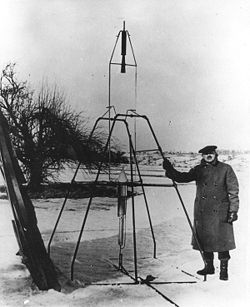
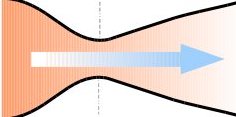
The First Liquid Rocket Fuel
Esnault-Pelterie received funding from the French military to research rockets as weapons, but this was short-lived as the French Army lost interest. Because Goddard was one of only two to continue his research for decades, I will start with him.
Before Robert Goddard almost all rockets used a solid propellant; gunpowder. But Goddard knew from his own personal experiments, and largely on his own dime and time, that gunpowder as a propellant was very inefficient. To that end he began developing small test bed rockets that ran on liquid hydrogen and oxygen1.
By using liquid rather than solid fuel, the weight of the rocket could be reduced. A gunpowder rocket requires the entire area of the rocket containing the gunpowder to be quite strong. This means additional weight. Since a liquid fuel rocket only needs to be strongest where the combustion takes place, the bulky materials required to contain gunpowder are no longer necessary.
Instead all combustion was limited to a small area of the rocket, the nozzle, thus reducing weight and increasing efficiency. Goddard also determined to use a de Laval2 nozzle. As the apparatus (see right) allowed for exhaust gases to reach and exceed supersonic speeds, this also increased the efficiency of the rocket.
For his research and (almost singular) contributions, Goddard is generally acknowledged as the father of rocketry in the United States.
1These are the same fuel and catalyst used on the space shuttle main engine today. Liquid Hydrogen and liquid oxygen are held in the large central tank attached to the underside of the shuttle.
2The de Laval nozzle was originally designed for steam turbines.
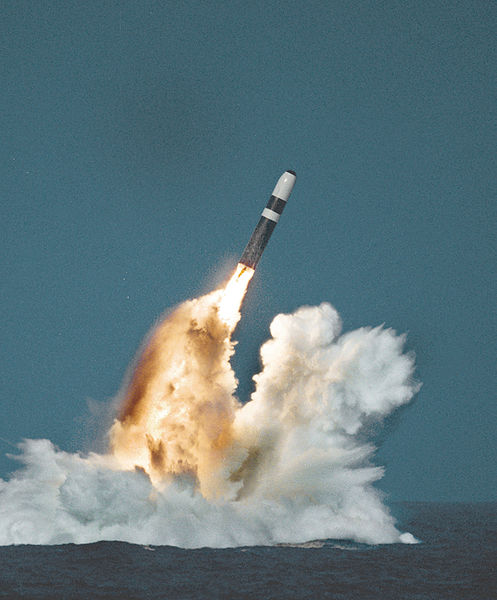
Polymer Rocket Fuel
Thiokol, a manufacturer of synthetic rubber and high temperature sealants, got into rocketry by accident when someone at J.P.L. discovered the Thiokol polymers also made excellent rocket fuel.
This was an odd return to solid over liquid rocket fuel, but a relatively good choice. Thiokol fuels have been used in the Falcon, Pollux, Minuteman, Trident, and Atlas Rocket. It is also used in the shuttles solid rocket booster.
The Ares (pronounced "air" "iss") 1 Launch Vehicle, the shuttle replacement, will also be powered by Thiokol's polymer fuels.
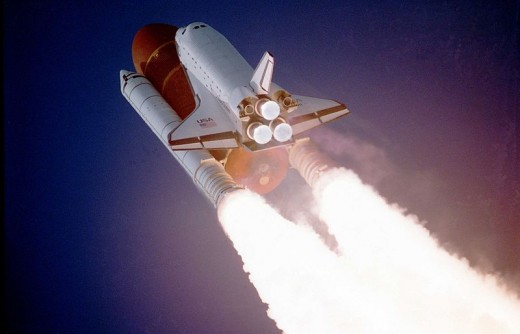
Changes in Fuel - ALICE
For all of this though, rockets have primarily been powered by liquid hydrogen and oxygen. This has been the "gold standard" for the last fifty years.
A new mixture called ALICE could replace these old standbys. ALICE is a portmanteau of AL for aluminum and ICE for frozen water. The aluminum side of the equation consists of nano-sized particles of aluminum powder. This powder is suspended in water-ice. The substance, which is said to have the consistency of toothpaste, works via a chemical reaction between the water and aluminum. This reaction produces hydrogen byproducts and heat.
The substance could also be used to power fuel cells. Research is ongoing.
Steven Son, a professor of mechanical engineering at Purdue University: "In the bigger picture, we're looking at technology that can store hydrogen long term. Water is a nice, stable way to store hydrogen."
The Air Force Office of Scientific Research and NASA are showing considerable interest in this liquid fuel replacement. Enough so to fund initial rocket firing tests. Research teams at Purdue and Penn State Universities launched ALICE fueled rockets to a height of thirteen hundred feet (1,300) last August.
Aluminum is already used in rocketry due to it's high ignition temperature of 6,920°F, but ALICE is capable of getting even higher temperatures by reducing the size of the aluminum particles to 80 nanometers. Aluminum particles in this size range combust much more rapidly than larger particles.
The combustion of the aluminum is only one of two parts of the rocketry equation in ALICE. Due to the high temperatures produced by burning aluminum the hydrogen in the water is released to react. The oxygen is locked up in the unburned aluminum as aluminum oxide. The byproducts of this "burn" are much cleaner than the 230 tons of hydrochloric acid currently produced during a shuttle launch.
Finally, aluminum and water are well known materials and present far fewer chemical and explosive hazards than many other forms of rocket fuel to date.
Because aluminum and water are known to exist on both Mars and the Moon this fuel presents some exciting possibilities to the future of interplanetary space flight.
Penn State, Perdue, & Georgia Tech Universities ALICE
Disclaimer
The author owns no stock in Thiokol or any of the other companies mentioned in this article. The author has not been compensated in any way, monetarily, via discounts, or freebies for writing this article.

